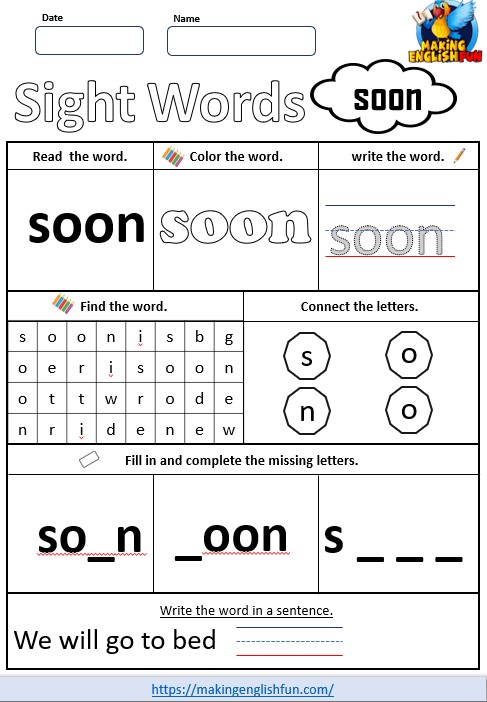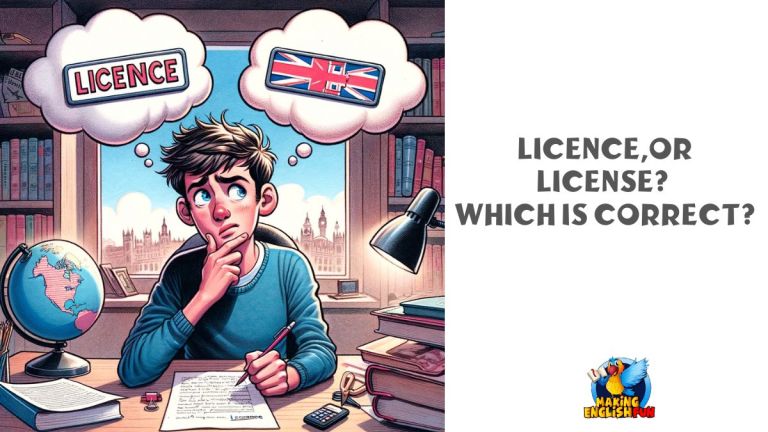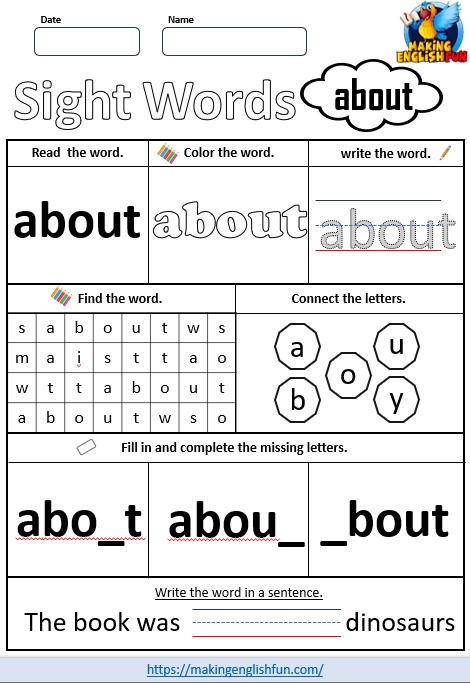How to Introduce Yourself in English.
I have been teaching for more years than i can remember, and a lot of those years were teaching students who were learning English as a foreign language or second language students. From primary to adults there always seems to be an issue with how to introduce yourself in English.
The correct way to introduce yourself in English depends on the context and situation. However some behaviors are expected in both formal and informal introductions. Greetings, handshakes, eye contact and smiles are very common along with relevant and concise information about yourself and your background.
Often in classrooms introductions are skipped over in the first one or two lessons way back in kindergarten or Grade 1. Students have to rely on an English textbook to figure out how to introduce themselves properly, but these english textbooks are often outdated and do not cover the different situations you may need to introduce yourself in English.
This means they can sound a little strange, or out of place. As its the first time you will be meeting new people it is better to get these introductions to be the best they can be and this is where we can help you.
Depending where you need to do your introductions in English will change how you will introduce yourself. There are differences between formal and informal introductions and we we explore these for you below.
- Common Behaviors in all introductions
- We will cover introducing yourself to friends, students and other classmates
- How to introduce yourself in a work or business setting
- How to introduce yourself in interviews for jobs or universities.
- How to Introduce yourself in school interviews
- Key things to remember when you introduce yourself.
How to Introduce Yourself in English
This is a loaded question, with equally loaded answers. This means what makes a good introduction in English depends very much on where and what circumstances the introduction is happening.
If you are teaching your kindergartener or toddler how to say hello on the first day of school it will be very different than if you are in a final interview for that dream job. ( or we hope it will be!)
The good news is we will cover both these situations and more to help you turn that good introduction in English, into a great one!
Common behaviors in an English Introduction.
Some actions , words and phrases are going to be found in all introductions no matter where, what or when the situation. These are commonplace but to be sure we will briefly highlight these introduction behaviors and words here.
- Eye Contact: Whether you are introducing yourself to classmates or speaking in front of a group it is important to maintain eye contact with the other people. this shows you are speaking to them, and that you value them as people. Even very young children should be taught that this is important. However, make sure not to stare!! Nobody likes to be stared at! A second or two in a short introduction is fine!
- Smile when you meet new people: You are meeting people, likely for the first time, so you should present yourself as open and friendly. If the occasion is a solemn or sad one (like a funeral) then a small smile is still ok but don’t but on a huge grin! The idea is to look friendly not crazy!
- Try to Meet people Standing up: Unless the situation is very informal, or very very brief introduction ( if you are being introduced as part of a group by someone else for example)
- If in doubt shake hands / bow etc: There are not many times when a handshake is not appropriate, though there are some so it’s worth checking out, (Some religious reasons, and currently Covid are examples of these times!) however, untill Elbow or first bumps truely take over then shaking hands is a sign of respect however outdated it may seem now.
These are examples of some of the common elements of an introduction, but mainly these apply when you are being introduced to people. The more in-depth self introductions, in class, school, work or interviews require more than a firm handshake or big smile!
You need to know what topics to cover and what to say when you introduce yourself in English. We will explore these type of introductions below as well.

How to Introduce Yourself in School or Class.
That first day of school, there are always nerves for both parents and students (and teachers!) It is likely that in more than one of your lessons or classes have to introduce yourself
. Teachers use this as an icebreaking exercise and a way to get to know their class and for their class to get to know each other.We have an example of how this introduction can go below, and a template to use. However, try to add your own words if you can as it is so much more natural coming from you than a printed introduction from here.
- In a class there are likely to be 20-30 other people who may have to introduce themselves as well so keep it short and friendly
- Take about your likes (leave out the dislikes!)
- You can use your ages but if you are in school then everyone in class is going to be the same age!
- Give information on a couple of hobbies
- If needed you can say why you joined the class ( if older students) and what you hope to learn and why.
You can check out the example below and use the template if you like. However, you can change it and write your own introduction to sound more natural as well.
Hello all, I am Marc. I am 9 years old and live with my parents and my little sister. I enjoy going hiking with my family because I like to be outside and in the fresh air.
I enjoy playing football with my friends and hope to be good enough to play for a team one day.
I enjoy English and want to learn more so I can talk to more people from around the world.
We have a template and printable introduction here if you would like to use it.

How to Introduce Yourself With New People and Classmates
Although the title makes this sound like its the same as the ”how to introduce yourself in school”. There is a difference. The Introduction above is the more formal in front of class type that all students will have to do at some point. The following ”how to”, looks at introducing yourself to classmates in a one on one or group setting.
With this introduction the key is to be friendly and concise (short) as it will develop into a conversation very quickly. So from the common introduction section above you should remember to make eye contact(not stare!) and smile. If you are young then handshakes are not needed but if its university or similar age range then a handshake may help break the ice as well.
Let’s look at some example introductions below, the information here is not a template however, it is a list of useful phrases to think about to help the conversation start and then continue.
- Hi, I didn’t catch your name I am Jane. What did you think of the class?
- Hi, In class i saw you liked *tennis/hockey/swimming/movies/ i do as well do you play for fun or in competitions.
- Hiyah I am new here could you help me find my next class
- Hello, we are in the same XXXXX class, do you want to help each other study
- Hi! I heard you live locally, what do you like to do after school.
- Hello, Im Paul, what’s your name?
You can see that all of these end with a question. this is because you have the chance to start a conversation which will lead to more questions and hopefully develop into a friendship!

How to Introduce Yourself at Work
There are a lot of variables in the workplace, to many to cover in this article, but if you are meeting to people to start a project or to join or manage a team then here are some phrases you can use in your introductions.
We will give those phrases and and an example here. One thing to remember is meetings, if that’s where your introduction is happening, are often, especially in teaching, not an employees favourite thing to do! So keep it short and on topic.
We have two examples below for joining a team and starting a meeting.
Joining a team or starting a new job.
Hello, I am James, today is my first day here and I’m looking forward to working with you all. I have been teaching in Hong Kong for 5 years, but am new to the USA, so please feel free to give me pointers where i need.
James the Teacher
Introducing yourself in a meeting
Good Afternoon all, i am Jessica and we are all here to learn about the new systems we are introducing to the restaurant. We have rolled this out in 10 other restaurants successfully so far and want to share how we achieved that. We will try to answer all your questions as we go along.
Jessica
You can see in the first it is short and sweet and asks for help ( people like to feel needed!) and the second explains what the meeting is going to be about and lets the people know they will be able to participate, and give their ideas.

How to Introduce Yourself in English Job Interviews
This is the most popular question in the vast majority of job interviews. it will most likely be the first question you are asked. The aim of this ”introduce yourself” question is to act as an icebreaker and to put both you and the interviewer.
Although it acts as an ice breaker question you should give it some thought. In a professional interview they will be listening and should want to ask follow up questions. You want to try to get as much information as you can in this short answer to grab their attention and to encourage questions on topics you are strong in!
Interviews will often start by being asked to introduce yourself, however it may not be worded that way. Below are some ways you could be asked to ”introduce yourself” without them actually saying the words.
- Can you tell me a little about yourself
- So can you tell me why you applied for the job
- Pleased to meet you, can you give me some details on your background
- So waht attracted you to our company / position
Though all of these are asking for a similar style answer if they come at the beginning of an interview it is very likely it is an “introduce yourself” question. You can use your introduction to encourage them to ask more questions about your experience and achievements.
I often talk too much in interviews and need to be more concise and to the point. So if you use the following list to see if you can make an introduction that hits the points without being too long. you will be on the right track.
- Thank them for their time
- Explain your skills and qualities
- Explain a little of your experience and qualification history
- Talk about how you fit the role you are applying for include any achievements.
- Explain why you applied for the job and the type of person you are.
As well as giving you an example introduction this (as it can SO very much depend n the position you are applying for) we have the video below at the end of the section, to help you get that introduction perfect.
Example introducing yourself in a job interview.
Thank you for your time today, I have been working in education for 5 years and have developed both hard and soft skills. I have continued my education and regularly attend industry courses to keep informed of new approaches.
I have looked at the Job description and feel that with the problem solving and communication skills I have developed in my time I am able to manage the increased responsibility and challenges this position has.
I have been responsibly for school timetables and managing teachers in my previous role which has improved my project management and personal skills that will be invaluable in this role.
I am both hardworking and approachable which in a managerial role are vital skills to act as both a role model and a mentor.
How to Introduce Yourself in English School Interviews
In my teaching environment these are petty common , even from Kindergarten there are interviews, up to primary and onto secondary schools. I might not agree with interviewing a kindergartner but not being in a position to change it the best i can do is prepare them and other students to do their best. .
What we have to download is a list of questions to practice both the interview (if you need it) and more relevant to this article a list of things to think about for an english school interview introduction, we also have an article on How to prepare a kindergartner for that interview as well. Just click on the picture at the bottom of this section.
So how to introduce yourself in an English School Interview? Luckily this is likely to be the easiest part of the interview (though dont worry we have a handout that covers LOADS of the potential school interview questions you will be asked as well!) This is your chance to talk about yourself and try to impress the people interviewing you.
We have an example introduction to read and download below as well as a list of ideas as well, but try not to just memorize it! I have actually sat on these interviews and it is soooo easy to tell when a student has memorized their introduction. the best way is to have some notes of a few ideas you would like to talk about. You can practice of course, just don’t memorize, its an interview not a school play!
hello, I am pleased to meet you. I am Penny Lane and i go to Tall Oaks Primary School I am in Grade 6. I live close and can walk there in the morning with my friends. I enjoy learning English and Maths in school because I Enjoy solving puzzles and communicating.
In school I am a member of the school band and the badminton club. I play the Violin. I also play badminton with my family when we have time. My favourite sport is swimming though, and i have been in the school team for 2 years.
I like playing computer games, especially Minecraft as it is educational and fun. I also like playing with my friends in the park when i can.
I live at home with my mother and father who work in their own business. I also help take care of my little brother who is 7 and goes to the same school as I do.
Penny Lane
Now remember this introduction is just an example of how to introduce yourself in English, but you can see if has the following information in it.
- Information about them their name and age
- What school they go to
- What their favorite subjects are
- What they like to do after school
- Information about their family.
- What their hobbies are
This allows the interviewers to learn more about you, and to listen to you speak english ( if it’s not your first language then this will be important)
In these interviews you will need to know more than how to introduce yourself in English. They will have questions for you. Although this is a huge article on its own we do have a download to help you with those questions and the introduction here and below.
How to End an Introduction.
It may seem a little odd to talk about endings in an article on introductions and how to introduce yourself in English. However, one of the most common errors we see is not knowing how to let the people listening to the introduction know when they have finished speaking
Luckily there are a number of ways to show you have stopped speaking and to avoid those awkward silences in interviews.
- After you have finished speaking you can sit back in your chair.
- You can nod your head (once, not like you are agreeing with whatever you said!)
- You can you use a phrase like and thats why i have applied to your school, job, company.
- You can put your paper down on the desk and look up
- If introducing yourself in front of a group you can ask does anyone have any questions.”
The main aim is to let whoever has asked you to introduce yourself know that you have finished. Above are just some of the ways you can do this.
Key Points to Remember When Introducing Yourself in English.
- If this is your second language dont worry, people will not judge you based on that.
- Try not to be to complex with your language, even if you are very good at English – your listeners may not be
- Ask questions to others if it is a round robin type introduction,
- Offer people the chance to ask questions if appropriate
- Be confident, with both your voice and your body language.
- Keep eye contact ( reasonably)
- Be friendly and positive, it is the first time you are meeting people
- Try to give them some information they can ask questions about (It’s easier talking about yourself than topics they may have)
Printable Introduction Templates and Resources
here we have links to the templates above for parents teachers and students. We have put them all on a separate page so you can take a look and decide which ones are suitable for you. The links above will download the introduction printables, but the link below will take you to a page so you can see them first 🙂
In Conclusion
The introduction, from Kindergarten to job interviews is your chance to make a great first impression. There is an old English saying
You don’t get a second chance to make a first impression.
Will Rodgers
So it is certainly worth spending to time learning and practicing how to introduce yourself in English hopefully some of our guides and resources above have given you some answers and some ideas to make sure you do a great introduction the next time you need to.
Just remember that smile 🙂







3 Comments